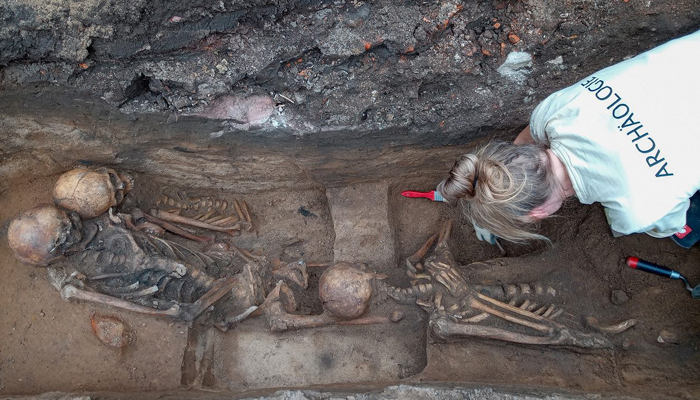

Archeologists were left stunned after discovering at least 1,000 skeletons of human beings in Nuremberg, southern Germany, which can be a potential site of the largest mass grave ever discovered in the continent of Europe.
A team of Terra Veritas was surveying the construction site for a residential building when they discovered the graves.
According to the Express UK report, the eight mass graves were related to two plagues in which three of them have been excavated while others await examination.
Experts believe that the number of excavated bodies could rise to 1,500 which date back between the late 15th and early 17th centuries.
“A discovery like that has never happened before and quite honestly no one had thought this to be possible,” said Melanie Langbein of the City of Nuremberg’s Department for Heritage Conservation.
Langbein added: “The site is of enormous importance to the city of Nuremberg and we work together in our attempt to get all information possible.”
The bubonic plague caused a large number of deaths in Europe at the time of the Middle Ages. It is also called the Black Death.
Nuremberg also witnessed deadly plagues in history between the 16th and 17th killing 15,000 in 1634 alone.
As people could not be properly buried so they ended up in mass graves.
An In Terra Veritas spokesman was quoted in the report: “As far as we know the site is the biggest scientifically excavated mass burial in Germany, and with the estimated number of bodies possibly the biggest in Europe.”
Experts said: “Further anthropological and forensic analysis can give us a more precise knowledge of genetics, heritage, and society in this period — an opportunity that has never been available until now.”